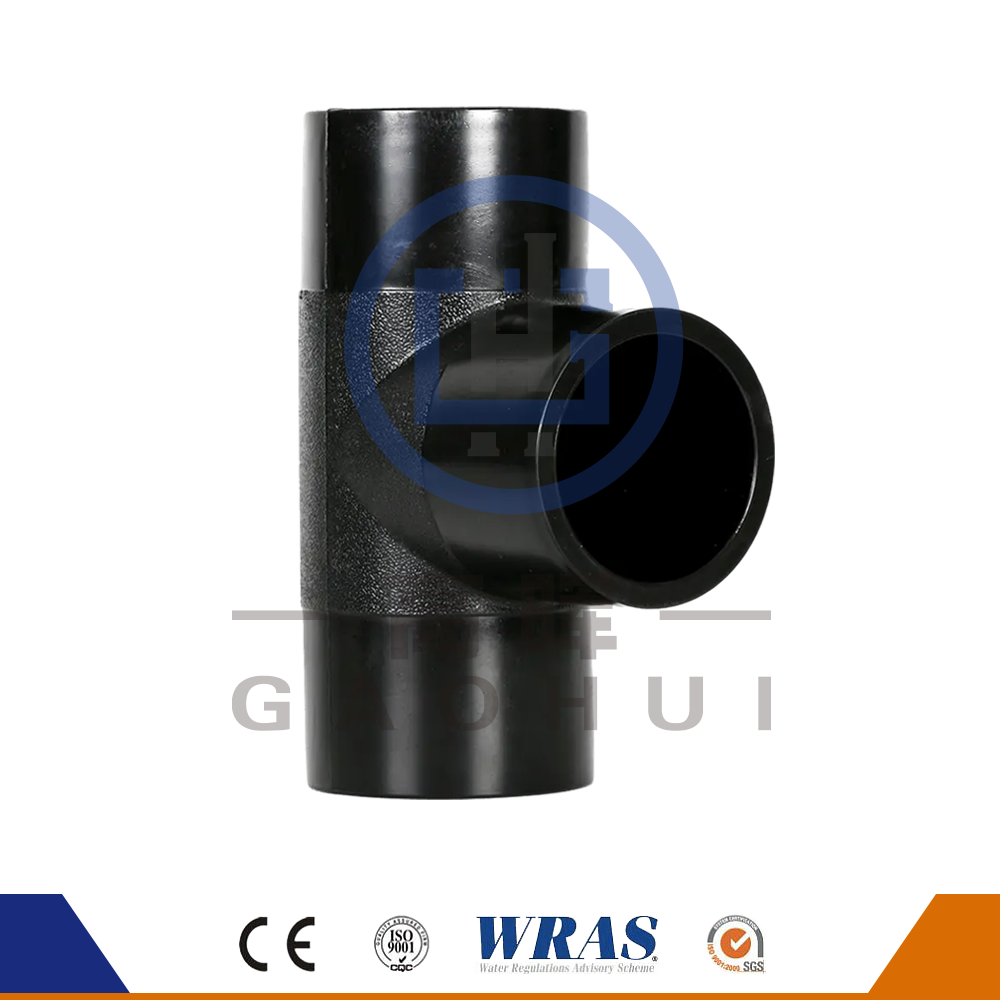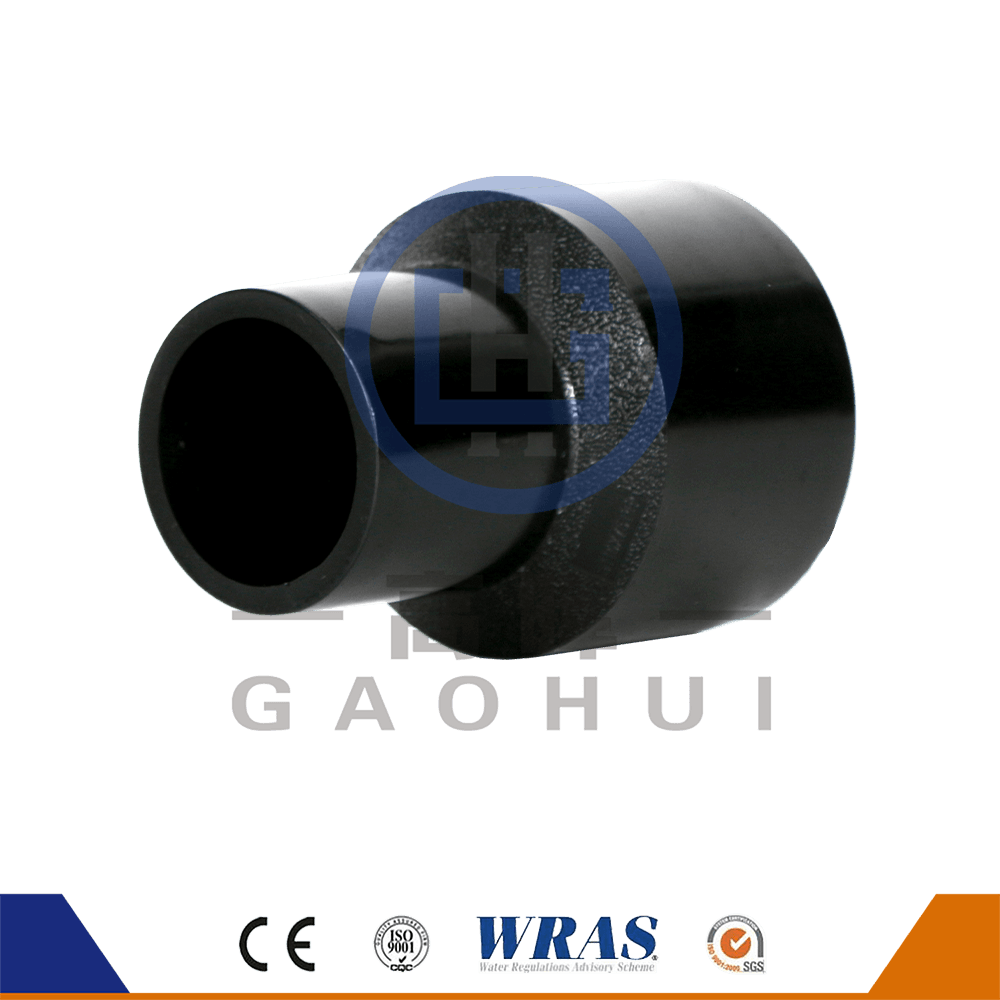During the welding process of Manual Polyethylene Pipe Welding Machine, it is crucial to ensure the docking accuracy of pipes and accessories, because it directly affects the welding quality and the reliability of the piping system. We need to use high-quality clamps and fixtures to firmly fix the pipes to prevent displacement or misalignment during welding. Accurately measure and cut the pipes to make their lengths and angles fully meet the requirements, and use professional cutting tools and equipment to ensure that the cut surface is flat and smooth to avoid irregular cuts. Thoroughly clean the contact surfaces of pipes and accessories to remove dirt, grease or oxide layers to ensure that there is no interference from impurities during welding, ensure close contact of the welded surfaces, and thus improve docking accuracy. Correct heating and welding time are also important factors to ensure docking accuracy. According to the different pipe materials and diameters, adjust the temperature and heating time of the heating plate to ensure that the pipes and accessories reach the appropriate melting state. Use docking guides to help align pipes and accessories. These devices usually have precision adjustment mechanisms that can fine-tune the position of the pipes to ensure perfect alignment of the docking surfaces.
Regular calibration of welding equipment is another key step. The accuracy and reliability of welding equipment directly affect the docking accuracy. In particular, the temperature control system and pressure control system of the heating plate need to be regularly checked and calibrated to ensure that they provide stable and accurate output during the welding process. Before formal welding, a pre-docking inspection is performed. The pipes and accessories are placed together, and after alignment, check whether there are gaps or misalignments, and make necessary adjustments to ensure that the docking surfaces are completely matched. Professional training of operators is also very important. Ensure that operators have received professional welding training, are familiar with the use and maintenance of welding equipment, and understand the technical requirements of pipeline docking. The use of docking auxiliary tools, such as laser aligners or levels, can help accurately align pipes and accessories, ensure that the welding surface is flat and aligned, and these tools can significantly improve docking accuracy and welding efficiency.
Finally, quality inspection is performed to ensure the integrity and accuracy of the welded joint. Common inspection methods include visual inspection, ultrasonic inspection, and pressure testing. These inspections can detect defects in welding and ensure the safety and reliability of the pipeline system. Through these methods and steps, the docking accuracy of pipes and accessories can be effectively ensured, the welding quality can be improved, and the safety and durability of the pipeline system can be ensured.


 English
English русский
русский عربى
عربى











